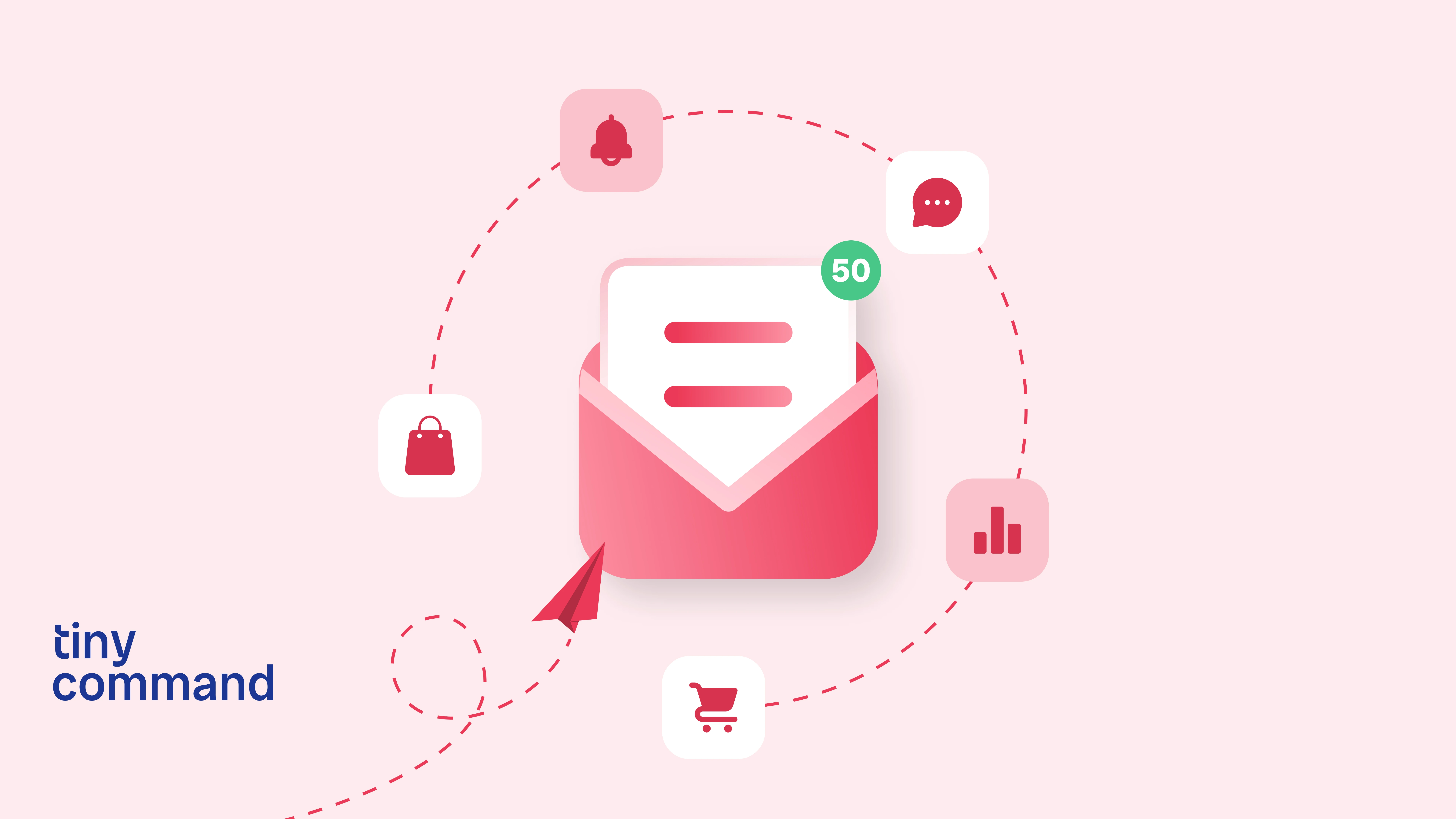
What is HR automation?Streamline HR processes with automation workflows
Table of Contents
Aptly put by Amber Rudd, a former British Home Secretary, “Automation is driving the decline of banal and repetitive tasks.”
It might appear that organizations have taken this to heart, as 67% of companies have embraced automation in one way or another. It’s not a new concept, but people are slowly rising to the challenge of incorporating it within their work.
While numerous processes can be automated for better efficiency and output, HR is one department that is seeing significant developments. Traditionally HR professionals have been bogged down by intense manual processes like managing paperwork, tracking employee records, monitoring leaves, and managing payroll. It’s a wonder how they managed to juggle all of this together.
However, HR automation could be the answer to all these problems.
By handling repetitive and time-consuming tasks, automation allows professionals to shift their focus on attracting the best talent, building a strong team, and driving business growth.
With 67% of recruiters believing that automation saves time and 43% agreeing that it removes human biases, it seems like a significant change in the HR department.
But, what is HR automation?
Simply put, HR automation is leveraging software and technology to streamline routine HR processes such as onboarding, time and attendance tracking, performance management, and even recruitment.
Automated HR systems offer significant advantages. They are more efficient, reduce the time spent on administrative tasks, minimize the risk of errors, and ensure data accuracy and compliance. The core components of HR automation include -
- Data management: Imagine having all employee information in one folder, eliminating the need to look through multiple folders or files. This is what data management automation does - it stores all the information about your employees in a single file so that it’s easily accessible.
- Workflow automation: Manually handling tasks like expense approvals, leave requests, and time tracking can be tiresome and error-prone. When automation is integrated into your workflow, it ensures that these tasks are completed consistently, efficiently, and on time.
- Self-service portals: Constantly going to HR for tasks can be irksome and intimidating for employees, automation gives them the power to be independent and take over tasks like updating personal information, requesting time off, or accessing information without any external help.
- Analytics and reporting: Automation enables quick analysis of data, providing valuable insights into employee engagement and performance - aspects that might have taken you hours to process.
Why is HR automation important?
Humans and machines are both fallible. However, automation can significantly enhance your HR processes by quickly identifying errors. This leads to increased productivity, efficiency, and accountability.
Furthermore, automation can provide data-driven insights that support informed decision-making at the executive level. It also ensures compliance with changing regulations and maintains a transparent record of employee and vendor activities.
In essence, HR automation acts as a safeguard for your organization, improving efficiency and reducing risks.

Common HR processes that can be automated
While we learned why and how HR automation helps the organization and its employees, let’s learn about some of the common HR processes that can be automated.
- Candidate screening and interviewing: AI-powered tools streamline initial candidate screening and reduce manual review time while ensuring more efficient and objective assessments.
- Onboarding: Automation simplifies paperwork, provides training modules, and sets up IT accounts, allowing new employees to hit the ground running from the moment they accept the job offer.
- Offboarding: Just as with onboarding, automation can manage exit interviews, retrieve company property, and revoke system access, ensuring a smooth transition for departing employees.
- Payroll: Automated payroll systems calculate wages, track absences or overtime, deduct taxes, and process direct deposits, reducing the likelihood of errors and ensuring employees are paid on time.
- Performance tracking: Automated performance management systems can gather feedback, track goals, and provide real-time insights into employee performance, helping managers make data-driven decisions without waiting for annual reviews.
HR automation is a game-changer for organizations looking to stay competitive in a rapidly advancing world. It can be akin to upgrading from a manual typewriter to a personal computer. If you’re looking to automate your HR department, we recommend tools that are specifically designed to capture your requirements like Tiny Command.
If you feel stuck and need more information, read our blogs on automation tools here or reach out to our experts.




